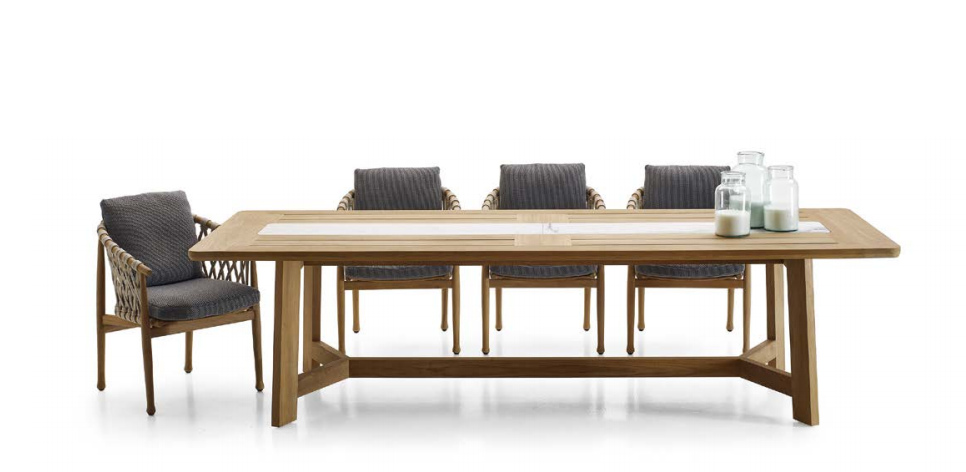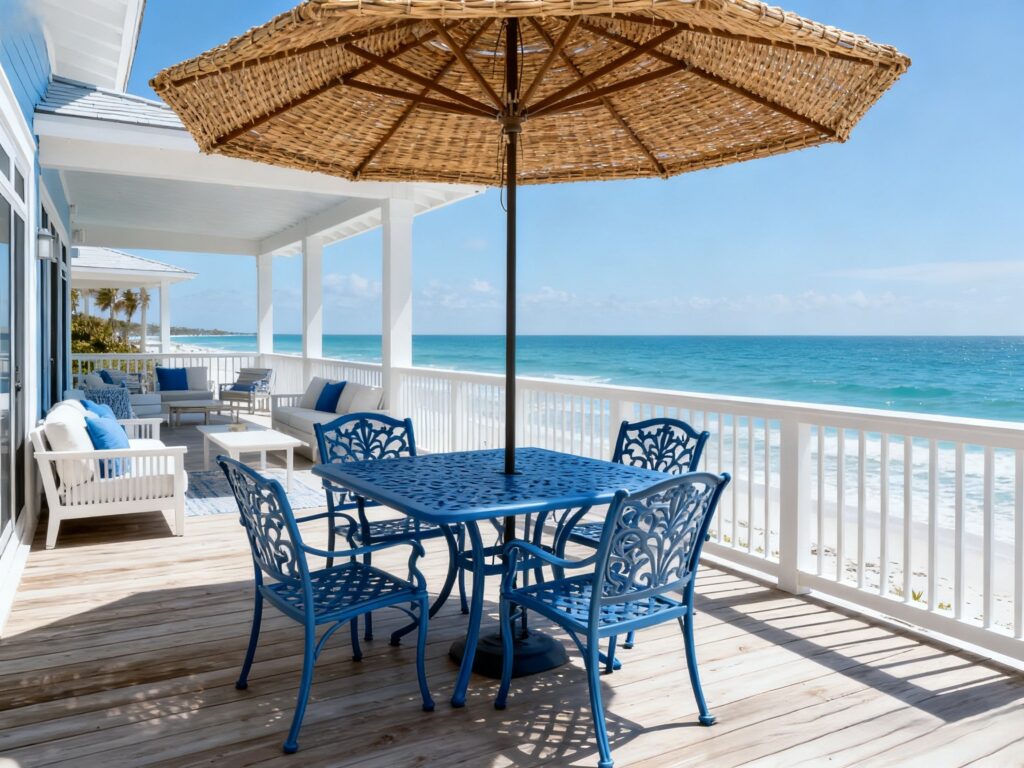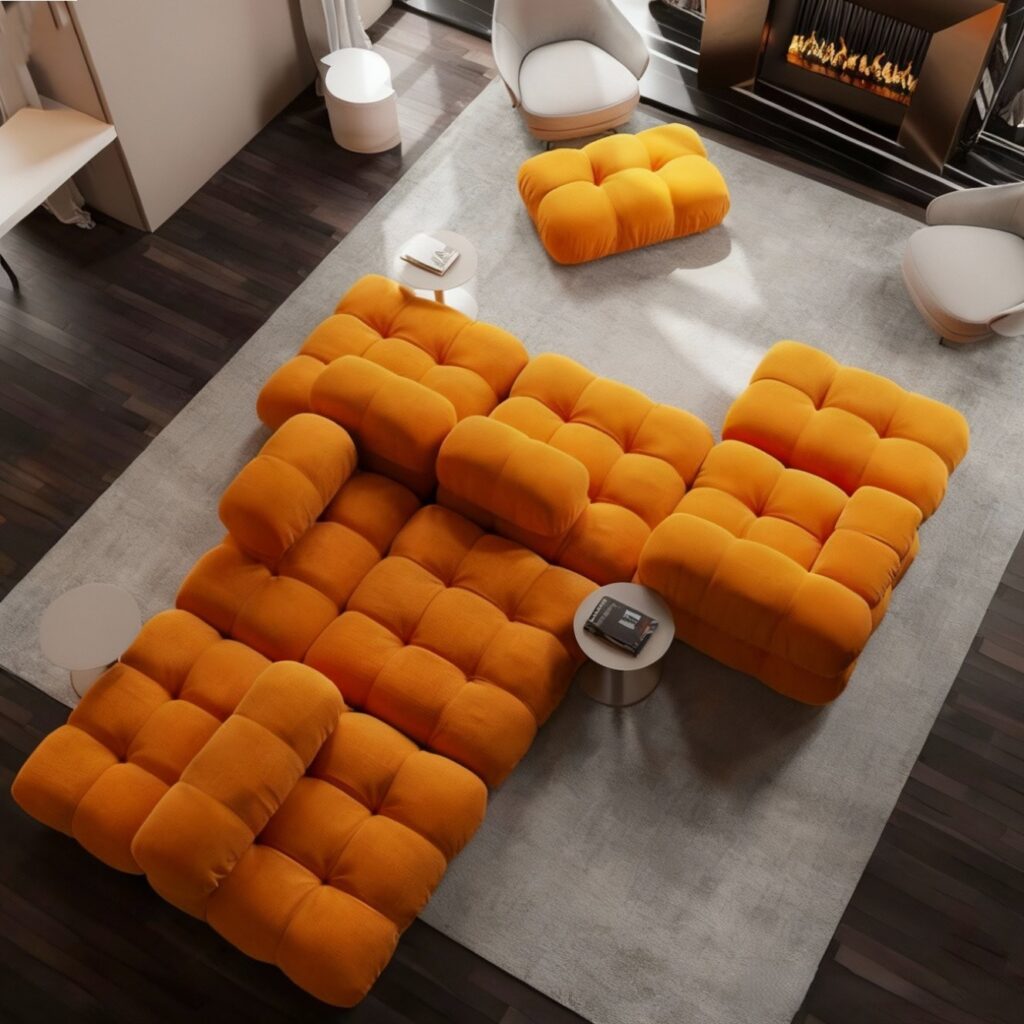Why Teak Is the Best Choice for Outdoor Furniture
From Dining Tables to Loungers
- lasie
- 2025-08-25

Why Teak is Ideal for Outdoor Furniture
When it comes to outdoor furniture, homeowners and designers often face the challenge of balancing beauty, comfort, and durability. Among the many materials available—wood, aluminum, wicker, and synthetic rattan—teak wood consistently stands out as the top choice. Whether you are considering a teak patio dining table for your garden, a teak bench outdoor for your porch, or a teak chaise lounge chair by the pool, teak remains the gold standard.
But why is teak so popular among high-end outdoor furniture buyers? And what makes it better than other materials commonly used in patios and gardens? Let’s dive deeper.
The King of Trees—Teak
Teak (Tectona grandis) is a tropical tall broad-leaved tree that mainly grows in southeast Asia. The largest production areas are Indonesia, India, Thailand and Myanmar. It has also been found in some areas of Africa and the Caribbean. Asian teak is highly regarded for its outstanding quality.
The bark is brown or grey, and the branches are quadrangular and covered with star-shaped hairs. The leaves are opposite, extremely large, ovate or elliptical, and densely covered with grayish-yellow stellate hairs on the back. The panicle is broad and blooms in autumn. The flowers are white and fragrant. Teak, a precious timber tree species in the world, is both precious and fast-growing. It is the only one of its kind among precious tree species. The average diameter at breast height of a teak plantation that has grown for seven years is about 20CM.
About 2,000 years ago, teak became the ideal material for shipbuilding due to its durability and resistance to decay, enabling it to withstand harsh sea conditions. Teak has an impressive lifespan and resistance to insects. As a result, it was used to construct palaces, temples, and other important buildings. Today, teak is widely used as a raw material for outdoor furniture.
Outdoor furniture is mainly divided into several categories, namely wooden, aluminum alloy, and woven rattan. Among them, most of the wooden outdoor furniture uses teak as the raw material. There are numerous examples of teak furniture being used in private gardens, patios, swimming pools, outdoor dining areas, bars, and other scenarios.

Natural Qualities of Teak Wood
Teak furniture features: moderate weight, resistant to deformation, waterproof, and highly durable. In European countries, teak is used to build the most luxurious yachts. The deck of the TITANIC was constructed using teak, and it still looks excellent today; Centuries-old cathedrals and historic buildings also feature teak flooring. Teak is a precious wood, taking at least 50 years to mature. In natural environments, the best teak-producing regions yield only 1 to 5 trees per acre.
It also contains a high oil content, which helps it maintain its shape and gives it a distinctive fragrance that repels snakes, insects, rodents, and ants. An outdoor teak dining table can withstand years of exposure to wind and rain without losing its stability or aesthetic appeal. Similarly, teak dining chairs will not easily warp or crack even in humid environments.
Compared to common woods like pine and oak, teak has a longer lifespan. Pine requires frequent maintenance, oak is prone to warping in outdoor environments, while teak effortlessly maintains its structure and aesthetic appeal.

Teak Dining Furniture: Perfect for Outdoor Gatherings
One of the most popular uses of teak is in dining furniture. An outdoor teak dining table is not only resistant to the elements but also elegant enough to elevate any outdoor gathering.



© Hanse

© Hanse
Longevity and Value of Teak Outdoor Furniture
A high-quality set of teak table and chairs or a teak chaise lounge chair can last for decades—even in harsh outdoor conditions. Compared with pine or oak, teak is far more weather-resistant. This durability translates to cost savings over time, as homeowners won’t need frequent replacements.
Wood Type | Advantages | Disadvantages | Suitable for |
Teak | – Rich in natural oils, highly water-resistant – Resistant to rot and termites – Extremely durable, lasts decades – Minimal maintenance required | – Higher initial cost – Heavy, less portable | Premium outdoor teak dining table, teak bench outdoor, teak chaise lounge chair |
Pine | – Lightweight and easy to work with – Affordable price – Attractive grain with rustic appeal | – Low resistance to weather and insects – Requires frequent sealing/painting – Shorter lifespan outdoors | Budget outdoor furniture, indoor use |
Oak | – Strong and durable in indoor environments – Attractive grain and classic look – More affordable than teak | – Less resistant to outdoor weather – Can warp, crack, or rot outdoors – Requires heavy maintenance | Indoor furniture, semi-outdoor areas (e.g., covered patios) |
Cleaning and Maintenance of Teak Furniture
One of the greatest advantages of teak is that it requires very little upkeep. Cleaning teak furniture is simple: just use mild soap, water, and a soft brush. Avoid high-pressure washers, which can damage the wood’s natural fibers.
Over time, teak naturally ages into a beautiful silvery-gray patina. You can choose whether to maintain the golden-brown hue with teak oil or allow it to weather naturally. Either way, teak requires far less maintenance than other types of wood.
Sustainable Teak: Responsible Sourcing Matters
When choosing teak outdoor furniture, it’s not only about durability and beauty—it’s also about sustainability and responsible sourcing. High-quality teak is divided into different grades, and certifications ensure that the wood comes from legal and eco-friendly sources.
Teak Wood Grades
Grade A Teak: Harvested from the heartwood, rich in natural oils, golden-brown, and extremely resistant to rot and insects. It’s the premium choice for outdoor teak dining tables, teak benches, and teak chaise lounge chairs.
Grade B Teak: From the transitional layer between heartwood and sapwood. Slightly lower in oil content, still durable but less weather-resistant than Grade A. Suitable for teak table and chairs in semi-outdoor or indoor spaces.
Grade C Teak: Taken from sapwood, light in color, with low oil content. It is less resistant to weathering and commonly found in low-cost furniture.
Environmental Certifications
To ensure that teak patio dining tables and other furniture are responsibly sourced, look for international certifications:
FSC Certification (Forest Stewardship Council) – Guarantees teak is harvested legally and sustainably. Widely recognized in Europe and the U.S.
SVLK (Indonesia Legal Wood) – Mandatory certification for Indonesian teak exports, ensuring compliance with EU FLEGT standards.
PEFC Certification – Another global certification program promoting sustainable forest management.
Conclusion: Why Teak Remains the Best Choice
From outdoor teak dining tables to teak benches and chaise lounge chairs, teak offers unmatched durability, beauty, and timeless elegance. Its natural qualities, low maintenance, and long lifespan make it the most practical and luxurious choice for outdoor living.
Choosing teak is not only about buying furniture—it’s about investing in comfort, style, and sustainability that will last for decades.

you may also like
Cast Aluminum: The Ultimate ROI Investment for Luxury Resorts, Villas, and Hotels
Cast Aluminum: The Ultimate ROI Investment for Luxury Resorts, Villas, and Hotels Table of Contents 1.Shifting the Focus from Initial Cost to Long-Term Value The global hospitality market—especially the luxury sector of resorts, private villas, and high-end hotels—operates under intense pressure to maintain pristine aesthetics while handling non-stop, high-traffic usage. When sourcing outdoor furniture, procurement […]
Modern Minimalist Meets Leather: 5 Design Rules to Avoid the “Old-School” Look
Modern Minimalist Meets Leather: 5 Design Rules to Avoid the “Old-School” Look Table of Contents Introduction: Why Leather Sofas Are Misunderstood Leather sofas have long been a symbol of luxury, comfort, and craftsmanship. However, for many homeowners, they’re often associated with a traditional or even “old-fashioned” look — heavy, dark, and formal. In today’s modern […]


